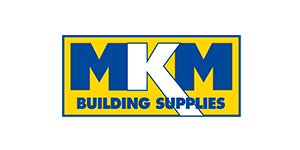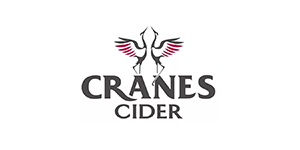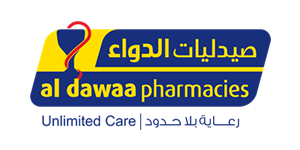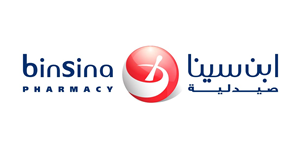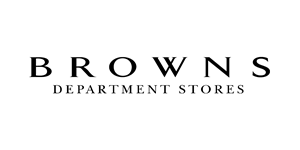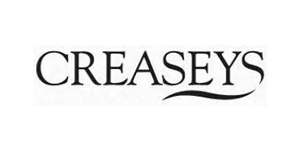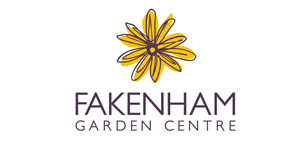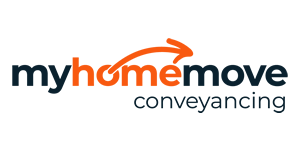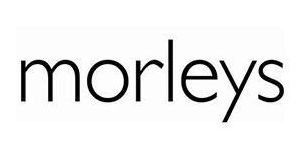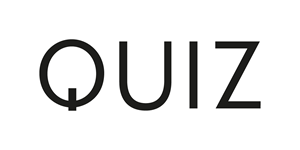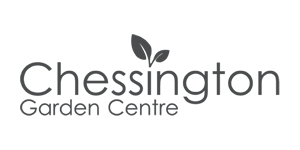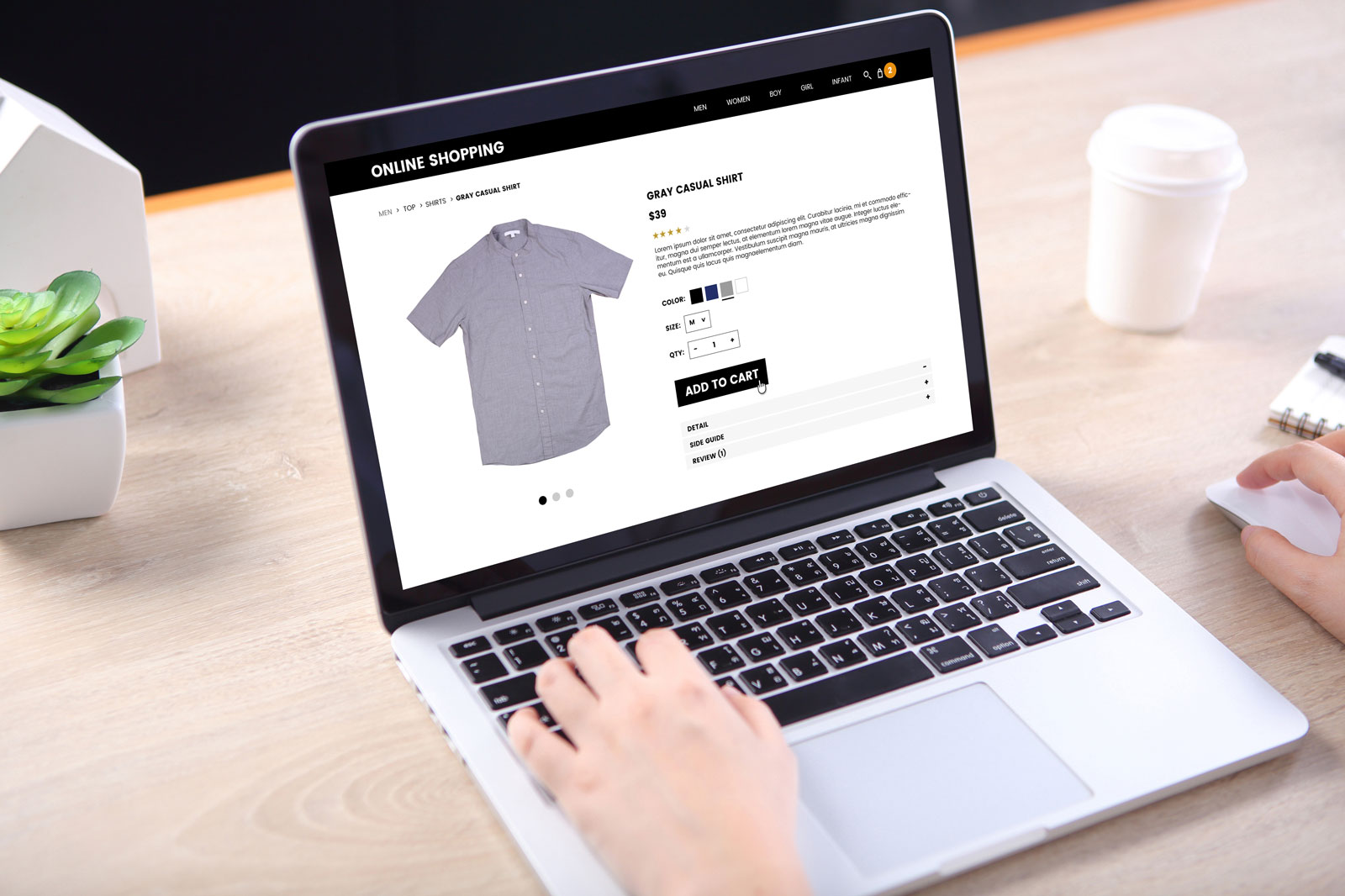
CRO – How small tweaks can make a big difference
There are two ways to generate more revenue for your ecommerce business:
- Drive more traffic to your website – through increased marketing efforts
- Increase the conversion rate (or number of sales) from the same number of people you’re currently driving to your site
Both are valid strategies but focusing on option 2 initially will improve your cost-per-acquisition and make option 1 more cost effective when you come to doing this second.
This article explores the benefits of conversion rate optimisation (CRO) and provides an overview of few areas to focus on to maximise sales from your website.
What is Conversion Rate Optimisation?
Conversion rate is the percentage of visitors to a site who complete a desired action. In ecommerce terms, completing a purchase is the ultimate goal. But a desired action could also be submitting an enquiry form, creating an account, completing a survey or signing up to a mailing list depending on the nature of the site.
Conversion Rate Optimisation (CRO) is the systematic process of making incremental changes to optimise a website in order to increase the percentage of visitors who complete the desired action (or actions.)
The purpose of CRO, therefore, is to leverage more from your existing traffic rather than simply focusing on increasing traffic volume. But if you can achieve both, huge improvements can be made.
For example, imagine an online retailer who has an average of 5,000 sessions per day on their site, with an AOV of £50. With their conversion rate at 3% they make an average of £7,500 revenue per day. Through implementing a successful CRO strategy, they increase their conversion rate to 5%. From the same volume of traffic, they now take £12,500 revenue per day on average. That’s an increase of £35,000 per week! Once a site is conversion rate optimised, attention can shift to driving traffic volume to further benefit from the CRO improvements that have been made.
Below are some examples of areas to focus on when starting your CRO program.
Heatmaps and Session Recording
Visualise your conversion barriers
Retailers with physical stores such as supermarkets have ample opportunity to observe shopper behaviour to see what interests them and what doesn’t, to see what items they’re dwelling on and what they’re walking straight past without a glance. Footfall is analysed to ascertain the best places to position particular products to increase the chances of a sale. Do you see a bakery counter as soon as you enter the store? That will make you hungry! Do you see some chocolate located by the till? It’s easy to throw a couple of bars into your trolley before paying.
Tools such as Hotjar can give similar insight for online retailers by enabling you to effectively stand behind visitors as they shop on your site through session recording. Are users not finding what they’re looking for using site search? Are they dropping off during the checkout? Session recording will allow you to identify these pinch points so you can take steps to improve them.
In a similar vein, heatmaps allow you to visualise movement on your pages by tracking mouse movement, clicks and scrolls to understand how users are interacting with them. They highlight the areas of your page users interact with the most.
Movement Maps are only applicable on desktop as they visualise the movement of the cursor on-screen. The longer the mouse stays at a certain point on the screen, the hotter (redder) it appears in the heatmap. This gives insight into which areas of the page users are drawn to and focusing on, and which areas they are ignoring. This can facilitate the restructuring of the page to position key content and CTAs into areas where they’re more likely to be seen.
Click Maps enable you to identify the links on a page the users are clicking/tapping and the ones they’re not interacting with. This again gives insight into potential page structure improvements, but also cross-device optimisation and possible decluttering by removing redundant buttons.
Scroll Maps visualise how far down a page the users are scrolling – the redder the content is, the more users are seeing it. This is useful to determine whether key content is being missed if its too far down the page, especially so on multi-fold pages.
Effective Landing Pages
Eyes on the prize
A landing page is often the first page on your site that a visitor sees. What you don’t want it to be is the last page they see. The purpose of a landing page is simple – to convert the traffic that lands on it. Usually traffic that arrives on a landing page will have done so by clicking a PPC advert or other form of paid ad, and as such they are arriving with a strong interest in the product or service offered. The traffic is usually qualified. To not optimise your landing pages to maximise the return from this traffic is therefore very much a wasted opportunity, one that can cost revenue, especially for an ecommerce business.
Below are some CRO tips to increase the efficacy of your landing pages.
Get Rid of Clutter
Be sure to rid your landing pages of unnecessary distractions. Keep the pages streamlined and clutter free, avoiding multiple CTA’s and maintain focus on the conversion goal. Anything that doesn’t support the conversion goal dilutes your message. A clean, simple page with white space reduces the cognitive load on users and bullet points are an excellent way to convey your message concisely and clearly. Ensure the CTA is prominent, clearly defined and easily tapped.
Be Mobile Friendly
At the time of writing around 80% of the UK adult population own a smartphone and over half of UK internet traffic is on a smartphone. Mobile devices allow consumers to shop anywhere at any time and saved payment methods and biometric recognition make it extremely easy to pay.
It’s vital therefore to think mobile-first by ensuring that your landing pages, and indeed your whole site, are mobile optimised. Ensure the font size is legible, avoid pop ups and ensure the page loads quickly. A responsive landing page with a focus on mobile means that users on all device categories have a great experience when they arrive on your site.
Keep Key Content Above the Fold
The term “above the fold” originated from newspapers where the most interesting and important articles were positioned on the first page above where the newspaper was folded so people would see the headlines and would be more likely to buy a copy.
The same principle applies online so key content relating to your conversion goal should be placed above the digital fold – the point on the page at which users have to scroll to see more content. This is easier said than done with visitors using different devices with a multitude of screen sizes, but a scroll map can establish the average fold position to ensure your key message and CTA get maximum exposure.
A/B Testing
Data-driven decisions
A/B testing is the systematic process of showing two different variants of a page to your visitors to determine which page generates more conversions. It’s a simple way to remove any guesswork and find out exactly which optimisation changes are having a positive impact on your conversion rate and which aren’t.
To conduct an A/B test, choose which page on your site you’d like to tweak. A landing page would be a good choice.
Next you need to decide what to change. Possibilities include (but aren’t limited to) copy, CTA size or position, page layout or imagery. It’s important to only change on thing at a time so you can ascertain exactly what impact that change has had. Be sure to make relatively minor changes using an iterative, incremental approach as this reduces the risk of jeopardising your existing conversion rate.
Once the altered page is live you have a variant page and a control page. The next step is to split the traffic. That means routing 50% of traffic to page A, and the other half to page B (although samples can be used depending on traffic volume).
Once sufficient data is obtained you can then analyse and compare the performance of the variant page against the control page to see which has performed the best. This allows you to make a data-driven informed decision whether the tweaks on the variant page had a positive effect on the conversion rate. The winning page variation can then be deployed and further testing can be undertaken on a new variation to facilitate continuous improvement.
In Summary
CRO isn’t rocket science and even small and simple changes can have a positive effect on conversion rate. Numerous strategies and tools can be utilised, but all with the same end goal: to get more conversions from your site traffic to maximise the return on your marketing activity. CRO eliminates uncertainty from the changes you make, allowing improvements to be made based on testing and statistics rather than gut feeling and guesswork. It’s an ongoing process that requires structured monitoring and experimentation but when done right it will have a positive impact on revenue.

Fancy a Chat?
Call us on 01482 871 846 or Send us a message.
We’d love to hear from you.



